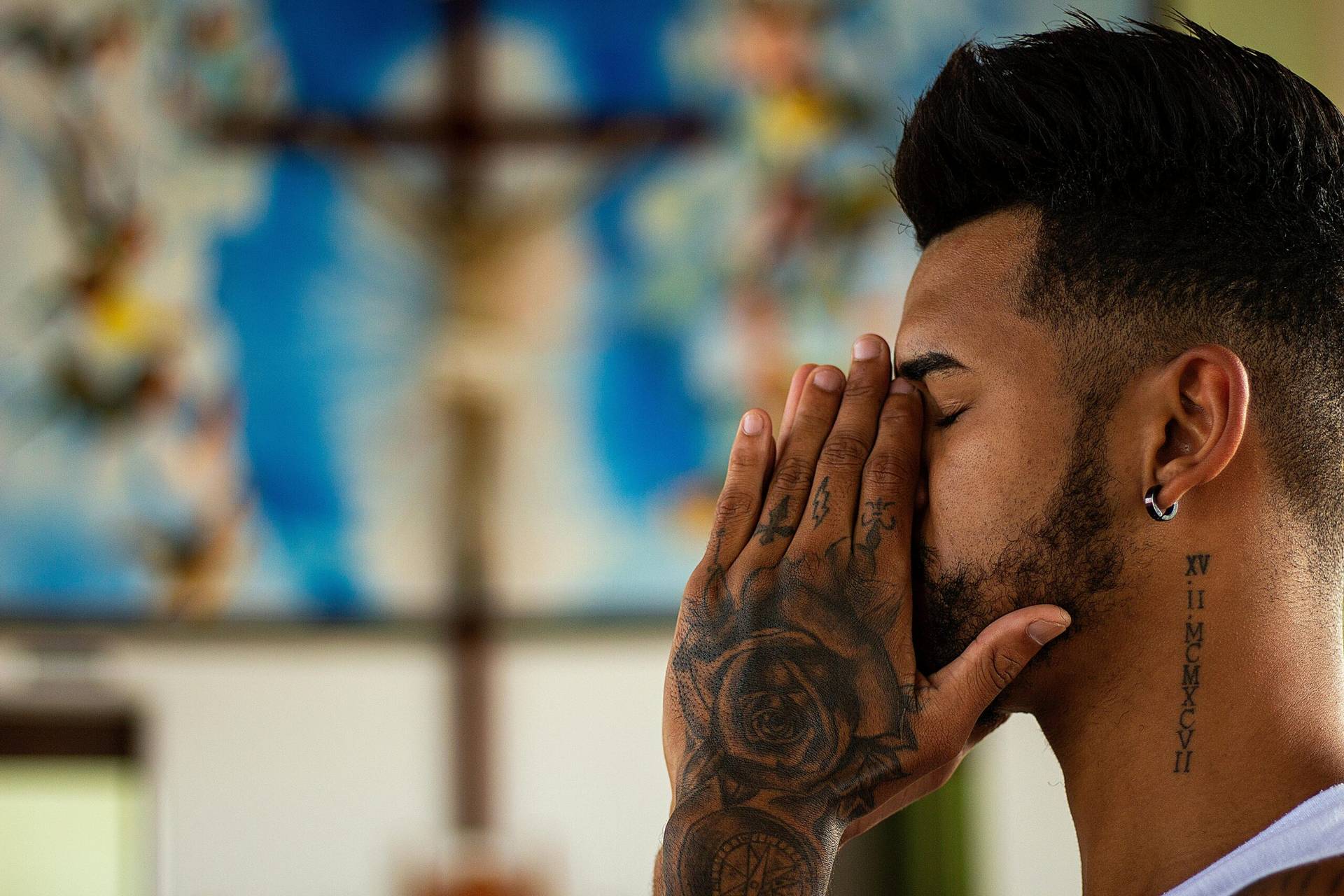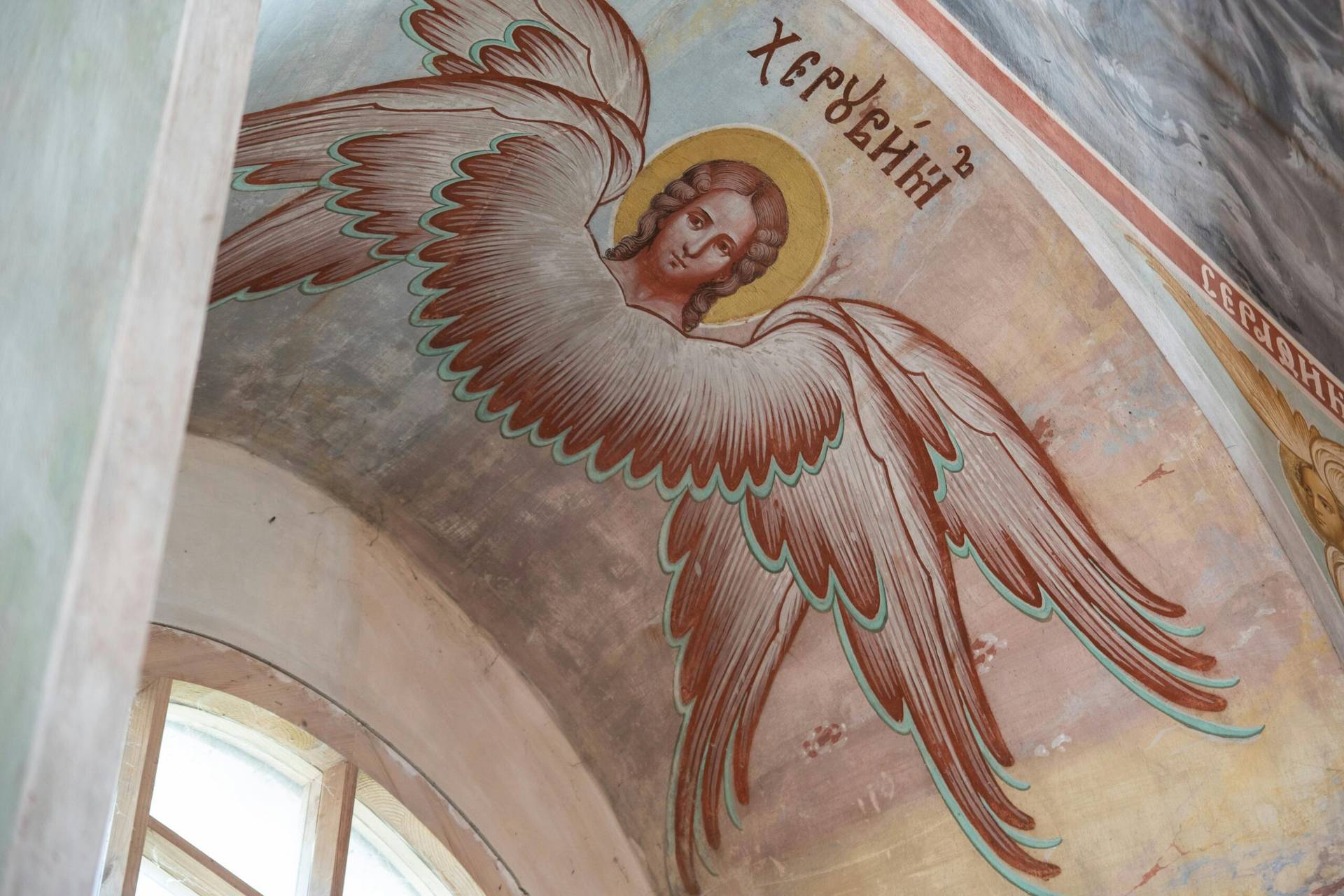[Editor’s Note: This week the Vatican announced that Pope Francis will travel to Assisi on Sept. 20 for the latest edition of an interreligious prayer for peace organized by the Community of Sant’ Egidio. The event recalls a famous interfaith summit hosted by St. John Paul II in Assisi in 1986, regarded as a watershed moment in the Church’s effort to reach out to other faiths.
John Paul II would go on to return to Assisi twice for similar gatherings, one in 1993 and another in 2002. Archbishop Felix Machado of Vasai, India, helped put together the third while he was serving as undersecretary of the Pontifical Council for Interreligious Dialogue.
Given Christianity’s minority status in India and the pervasive religiosity of the country, Indian Catholics have a special concern for interfaith relations. In this guest piece, Machado reflects on the legacy of Assisi and the importance of Pope Francis’ upcoming visit.]
The “Day of Prayer and Fasting for Peace” in 1986 was a unique event, and I believe the world media recognized it as such. For the Catholic Church, it was a breakthrough.
The Church was not only committed to promoting dialogue among people of all religious traditions by promulgating official teaching on the subject (Nostra Aetate), and by establishing an official structure in the Vatican to carry it out (Pontifical Council for Interreligious Dialogue.)
In Assisi, the highest authority in the Church also enacted, with significant gestures, what the Church believes. The fact that prayer for peace came while the Cold War was will underway gave the gathering all the more significance.
The event had ripple effects all over the world. To take just one example, a Buddhist Group in Japan in 1987 decided to follow John Paul’s lead by celebrating an annual “Day of Prayer” on Mount Hiei (near Kyoto), coinciding with the anniversary of the bombings of Hiroshima and Nagasaki each August.
Because it was unique, this event was unrepeatable. What St. Pope John Paul II wished was that the “spirit” of Assisi 1986 must continue. The Community of Sant’Egidio responded generously to this appeal.
After the heinous attacks on the Twin Towers in New York on September 11, 2001, John Paul II decided to once again convene leaders of different Christian Churches and various religions in Assisi, in order to demonstrate to the world that religions were not at war, as often projected. The event took place on January 24, 2002.
Journeying together with 200 specially invited guests by train from the Vatican Railway Station to Assisi, one of the few times in the modern era a pope made use of the Vatican’s train service. John Paul II personally welcomed his guests, saying, “I greet you all with great joy and extend a cordial welcome to all present. (This gathering) brings to mind the meeting here in 1986, and is, in a sense, an important continuation of that event.”
“It shares the same goal: to pray for peace, which is above all a gift to be implored from God with fervent and trusting insistence,” John Paul said. “In times of greater anxiety about the fate of the world, we sense more clearly than ever the duty to commit ourselves personally to the defense and promotion of the fundamental good which is peace.”
For the past 29 years Sant’Egidio has, without fail, honored their commitment to keep the legacy of Assisi alive, usually by staging interfaith summits in different cities of the world.
On the 30th anniversary of that historic gathering in 1986, Sant’Egidio has decided to hold the event in Assisi itself. The Pontifical Council for Interreligious Dialogue did something similar in 2006, on the 20th anniversary, inviting representative youth from all over the world in Assisi. Likewise, Pope Benedict XVI traveled to Assisi, once again by train, on the 25th anniversary in 2011.
Sant’Egidio’s drive to carry forward the “Spirit of Assisi” is to be commended as a creative initiative. The community has always promoted peace since it was founded in Rome in the 1960s, and has received various peace prizes. For example, in Mozambique the Sant’Egidio Community helped broker an end to a bloody civil war and received international recognition for its role.
As one who had the privilege of working in the Holy See for the promotion of dialogue, I am associated with the Community of Sant’Egidio and I’ve been an official delegate at these annual “People and Religions” international meetings, which have been taking place mostly in European cities, though once it assembled in Jerusalem.
The “People and Religions” meetings are like a big international celebration of peace and harmony among people of different countries and believers of different religions. They’re organized with much care, diligence, and creativity.
Simple believers of many religions, heads of state of different countries, leaders of various world religions, women and men engaged in politics, NGO officials, academics, journalists, those committed to the cause of peace, and people from many other walks of life beyond come together for three days to talk, to get to know one another, and to pray.
The model of Assisi is scrupulously followed – namely, each believer joins the group of his respective religious tradition when it’s time to pray.
Each year there’s a theme reflecting the situation in the world. There are panel discussions on several themes, which lead to discussions and deeper reflection. The event culminates in a procession to a significant place in the city, where candles are lit by representatives of different religions as a sign of resolve to recommit to the cause of peace.
Finally, a brief statement is presented. Everyone hugs his or her neighbor and exchanges a sign of peace.
Every meal during these three days is an “agape,” meaning an experience of fraternal and friendly affection. The bonds of friendship are deepened between people of all colors, languages, ethnic groups, political convictions, religious believers and those who do not believe in any religion.
It is a “feast of peace!”
Once again, I will join the feast which is being held in Assisi from September 18-20, 2016. The Holy Father, Pope Francis has announced that he’ll be there too. I look forward to this annual meeting of “Peoples and Religions,” because I feel encouraged to work for peace in my own country where peace is needed so much.
There are other Indian brothers and sisters of mine who also attend these meetings, and we feel privileged to work for peace despite difficulties, challenges and even opposition.

















